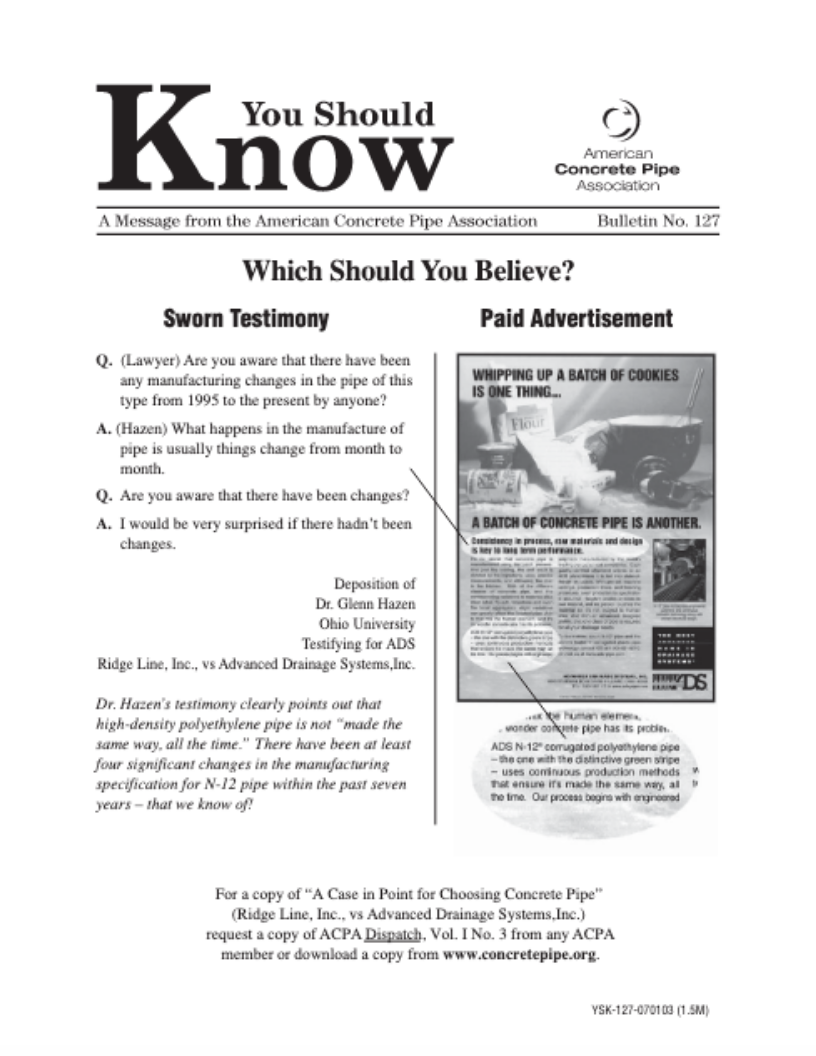

With direct indexing, you’re buying the same stocks as in the index, so you have total ownership. However, the difference arises in the ownership of the securities themselves. In essence, both ETFs and direct indexing are tracking an index. Like stocks, ETFs can be traded throughout the day. ETFs are made of a diverse set of assets, including bonds, stocks, commodities, and other assets. ETFs are traded on the stock exchange, similar to stocks. They can also track other assets like commodities. That, in turn, allows them more flexibility in mixing the assets as per their needs.Īn exchange-traded fund or ETF is a type of security typically tied to an index on the stock market. It’s a sound investment strategy that gives investors direct exposure to the index of their choice. Investors can hold all the stocks in an index and can also sell the stocks in the index that go down. In comparison, ETFs and mutual funds track the index and are not part of the securities in the index.

This is done by buying those stocks individually and replicating the weight as the index. We’ll discuss both below.ĭirect indexing is an investing strategy that allows investors to buy securities in an index directly, such as the S&P 500 index. That, of course, sits well with investment and wealth managers who can diversify investments seamlessly to reduce risk.įor both investors and advisors, it’s essential to understand what direct indexing is and how it fares against ETFs. On the surface, directing indexing is not that different from ETFs, but the subtle differences that are there can offer more personalization. However, direct indexing has also emerged as a viable alternative to ETFs. Exchange-traded funds (ETFs) have emerged as a preferred form of investment for many investors, given the benefits they offer over mutual funds.


 0 kommentar(er)
0 kommentar(er)
